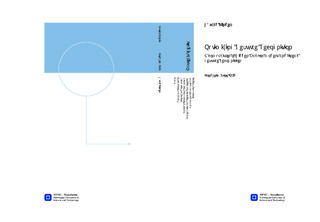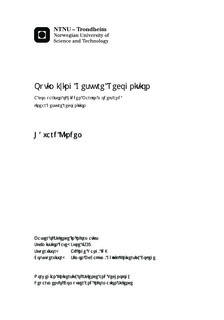| dc.contributor.advisor | Wang, Alf Inge | nb_NO |
| dc.contributor.advisor | McCallum, Simon | nb_NO |
| dc.contributor.author | Kindem, Håvard | nb_NO |
| dc.date.accessioned | 2014-12-19T13:39:49Z | |
| dc.date.available | 2014-12-19T13:39:49Z | |
| dc.date.created | 2013-08-29 | nb_NO |
| dc.date.issued | 2013 | nb_NO |
| dc.identifier | 644192 | nb_NO |
| dc.identifier | ntnudaim:7591 | nb_NO |
| dc.identifier.uri | http://hdl.handle.net/11250/253215 | |
| dc.description.abstract | This thesis aims to compare a simple linear recognition algorithm to that ofthe well proven and reliable Hidden Markov Model. It implements a gesturerecognition system able to recognize gestures using both algorithms and com-pares their performance before and after applying optimization techniques toimprove their speed and accuracy.The system used to retrieve the results is developed using Java and isaimed towards wearable devices as an alternate interaction technique for de-vices with limited processing power.The final conclusion from this thesis is that even a very simple recognitionalgorithm can perform nearly as well as more complex ones if the data-setsare presented well to the system. | nb_NO |
| dc.language | eng | nb_NO |
| dc.publisher | Institutt for datateknikk og informasjonsvitenskap | nb_NO |
| dc.title | Optimizing Gesture Recognition: A comparison of hidden Markov models and linear gesture recognition | nb_NO |
| dc.type | Master thesis | nb_NO |
| dc.source.pagenumber | 78 | nb_NO |
| dc.contributor.department | Norges teknisk-naturvitenskapelige universitet, Fakultet for informasjonsteknologi, matematikk og elektroteknikk, Institutt for datateknikk og informasjonsvitenskap | nb_NO |

